Everyone knows that fruits and vegetables are an important part of a balanced diet. The ugly truth is that produce begins to lose nutritional value from the minute it is picked, so it is not as nutrient-rich as you may think. Research about produce and nutritional value has led people to begin recognizing the importance of buying locally-sourced foods and, as a result, the farm-to-table movement was born.
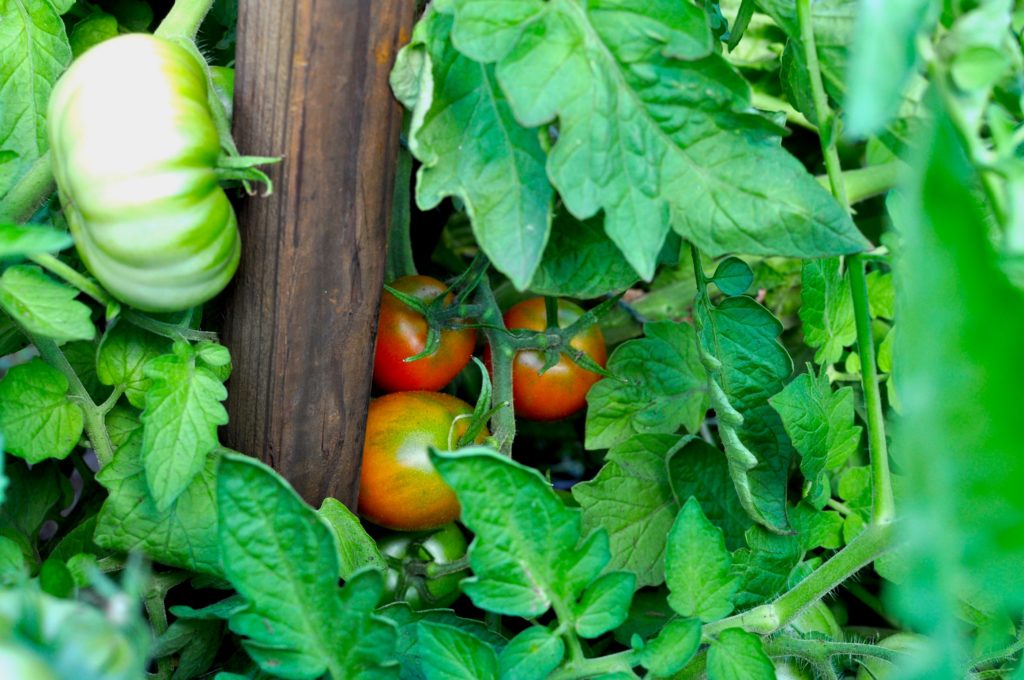
Photo by Sasha Kran
Farm-to-table is the idea of buying local foods straight from the source and using those products to cook and eat. In addition to having fruits and veggies with increased nutrition, joining the farm-to-table movement is important for helping boost the local economy, supporting the community, ensuring that you’re supporting sustainable farming, and have better tasting foods.

Photo by Sasha Kran
While I believed there were benefits of locally-sourced foods, it was easy enough for me to push the idea aside because of the convenience of going to the nearest grocery store and stocking up. This summer, I volunteered at Fairgate Farms, located in Stamford, CT, which has shown me the true difference between buying produce at the store and picking it straight from the ground.
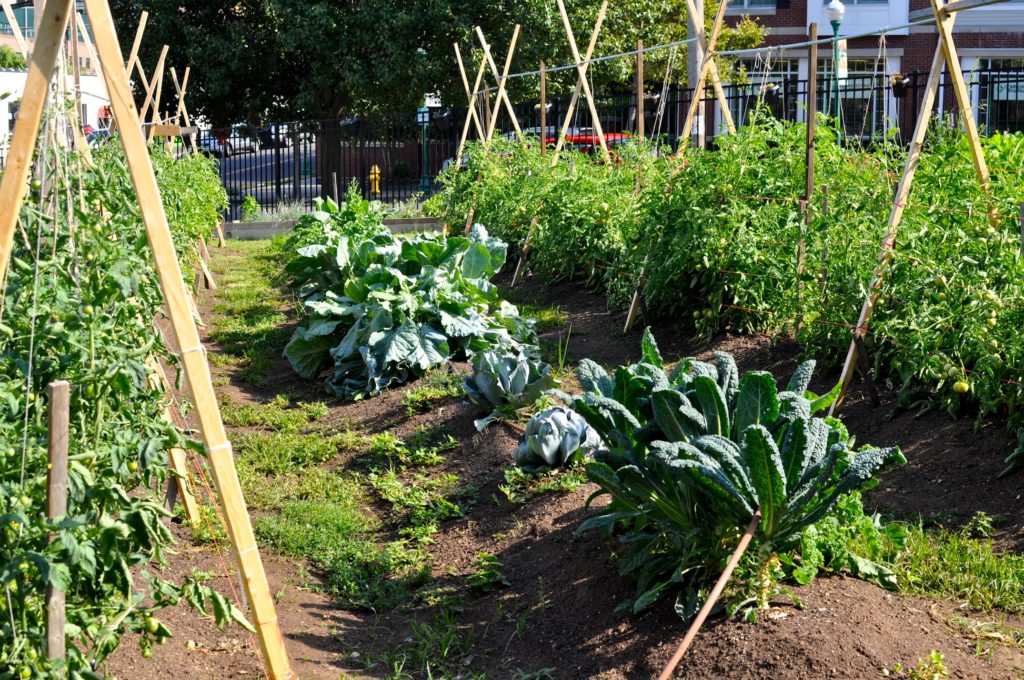
Photo by Sasha Kran
Fairgate Farms provides healthy, safe, and locally grown produce to a variety of non-profit agencies and is extremely successful, largely in part because of the strong volunteer efforts from people in the community. Aside from providing food, they put a strong focus on educating people about the health benefits of the foods that are grown and the various ways they can be used. Once a week for four weeks in the summer, they choose a different main vegetable and put on a farm-to-table event, showing people how to harvest, prepare, and cook vegetables that can be found in a local farm. Here is what farm-to-table really looks like.
Harvesting
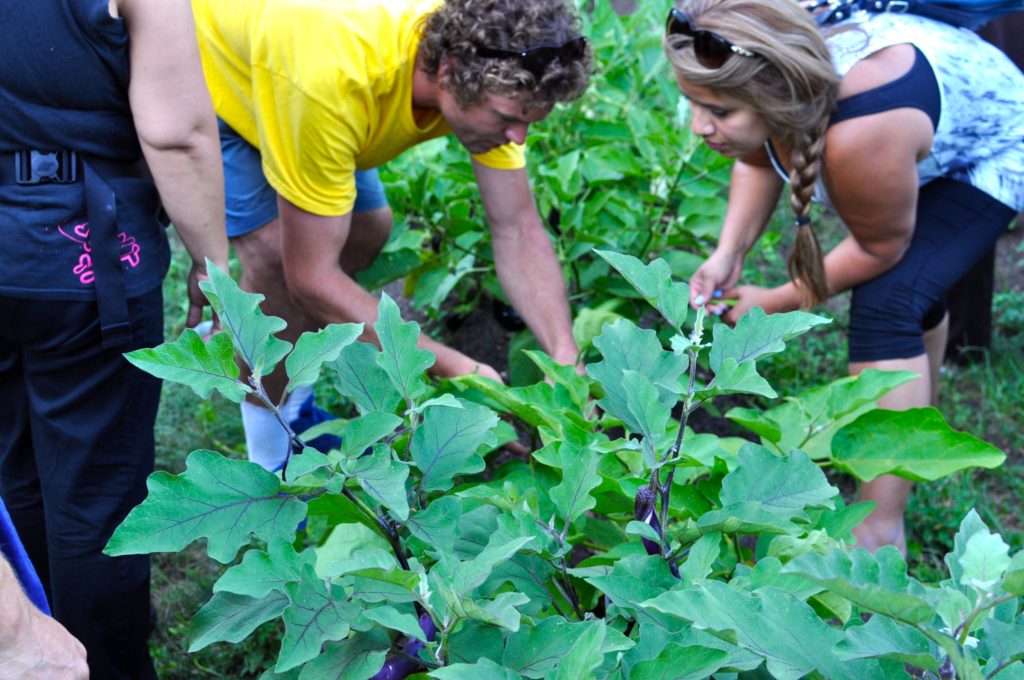
Photo by Sasha Kran
Knowing when to harvest is important so you’re sure that you’re eating your crop at its prime. Each vegetable gets harvested at a different time in a different way, but you must be careful not to affect the entire plant when harvesting. Also, it’s the most important part of eating farm-to-table because without harvesting, there is no food to be prepared.
Preparation
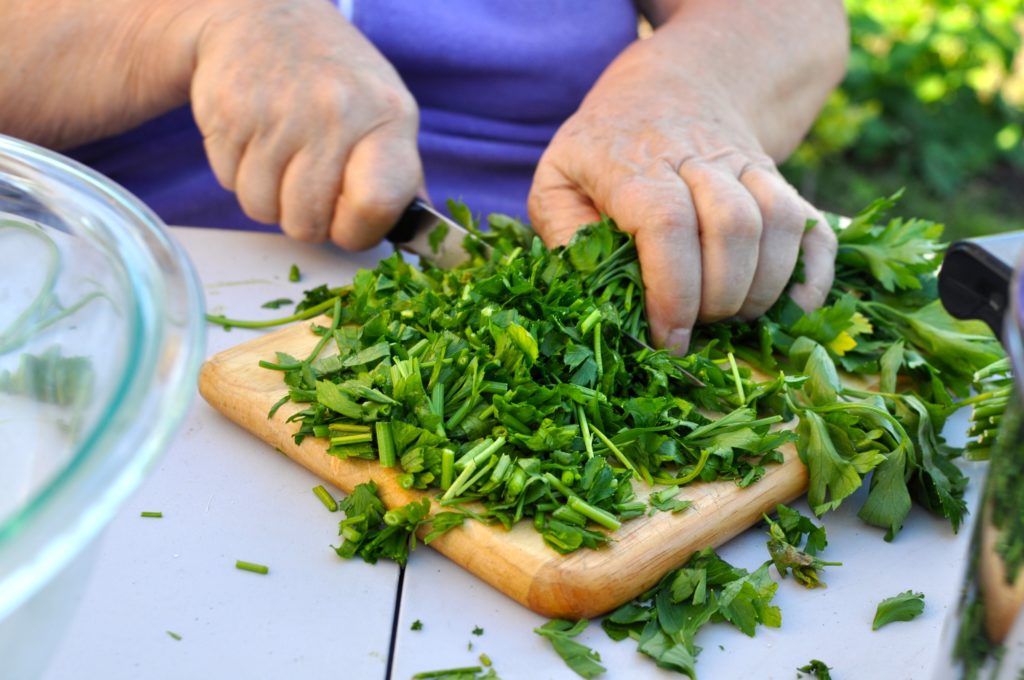
Photo by Sasha Kran
Prep includes everything from cleaning vegetables to chopping to gathering ingredients. It is a great way to get more people involved if you’re looking to make a farm-to-table meal with your family or friends. Keep in mind that the more preparation that is done, the easier the cooking will be.
Cooking
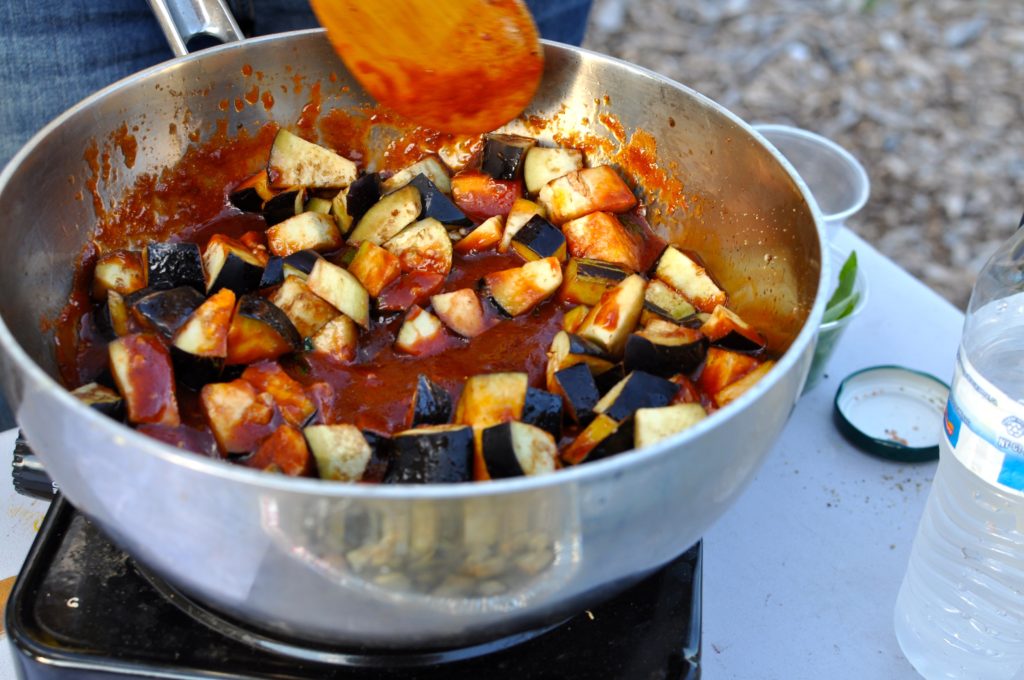
Photo by Sasha Kran
Farm-to-table enables you to get the most out of what you’re eating, so it’s important to use cooking methods that retain nutrients. Stewing vegetables, as seen above, is one of the best ways to preserve the mineral content. Always look into the best way to cook (or not cook) specific vegetables. For example, tomatoes contain lycopene, a cancer-fighting enzyme, that becomes more available when cooked, so it is great to harvest tomatoes and whip up your own sauce.
Serving
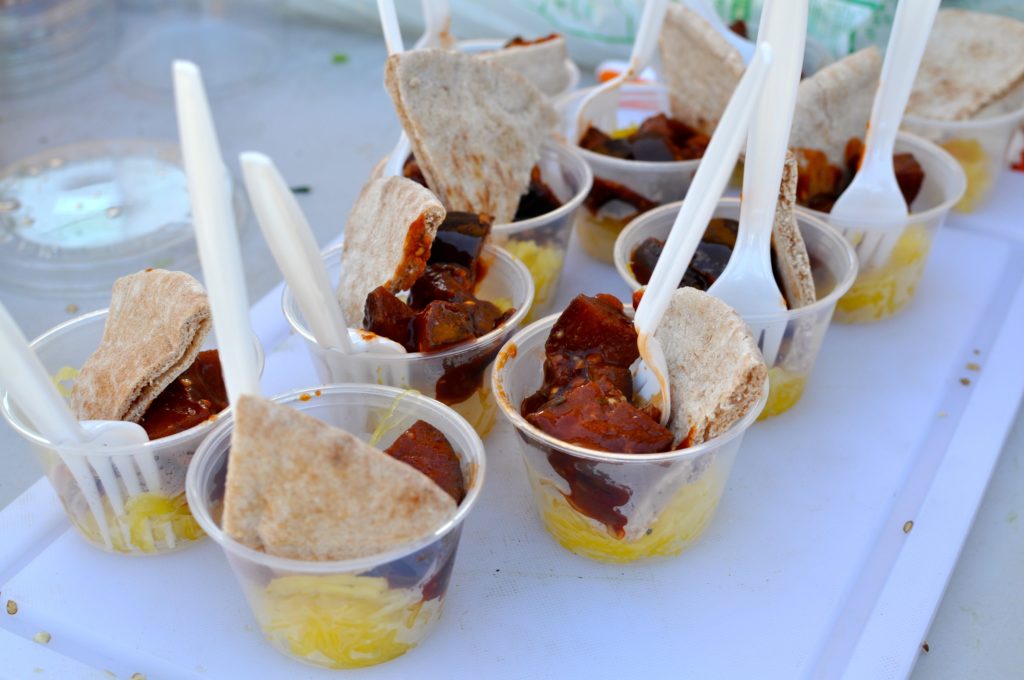
Photo by Sasha Kran
To make a full meal, feel free to combine farm fresh ingredients with some store-bought. This appetizer combines fresh spaghetti squash and eggplant with a piece of pita to add in some crunch. Be creative with farm-to-table recipes and always remember, the fresher the better.


